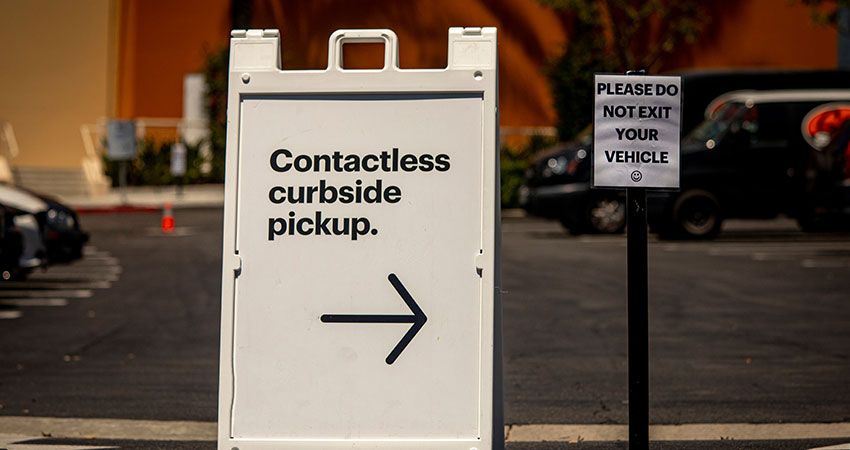Every multichannel retailer already knows this holiday season will be unlike any other. With social distancing guidelines still in place and major retailers shutting down on Thanksgiving, there will continue to be a surge in ecommerce, putting more pressure than ever before on brands and retailers to deliver … literally.
With the initial virus surge in late spring, many ecommerce companies couldn’t keep pace with demand, and some continue to feel the strain in their delivery capacity, even while using multiple third-party delivery providers. However, online delivery is only expected to grow, with Forrester projecting ecommerce will increase 18.5% in 2020 and surpass 25% penetration by 2024.
In addition to navigating an ecommerce surge, retailers and brands also need to meet changing consumer expectations about order fulfillment; typical 2-3-day shipping will not suffice, especially during the frenzied holiday rush. At the beginning of the pandemic, curbside pickup grew by over 200% according to Adobe Analytics. It’s clear that consumers want to take advantage of alternative fulfillment options, especially during a pandemic.
Keeping costs down will also be an increasing challenge this holiday season. FedEx, UPS and the U.S. Postal Service all announced peak surcharges ahead of the holidays. Retailers will be challenged to find new fulfillment efficiencies to offset higher shipping and delivery costs.
The harsh truth is that this holiday season will be a true test for retailers and brands – can they meet demand while exceeding high customer expectations? Those that can’t quickly adapt will lose out to fierce competition, facing the prospect of decreased sales, profit and customer loyalty.
That is why even the savviest players need to find ways this holiday season to scale up and optimize their fulfillment models. Order fulfillment is the beginning and end of the customer experience, and elevating it is critical for any brand looking to win the 2020 holidays.
This is where technology comes into play. The idea that an ecommerce brand or retailer can manually scale alternative fulfillment models to accommodate the holiday shopping surge, and do so while reducing overhead, is a castle in the sky. Advancements in delivery orchestration technology, meanwhile, can digitize many of the efforts, scaling and optimizing them.
Expand Fulfillment and Delivery Options
One of the first steps is to expand your delivery and pickup options for customers. Technology can model the delivery flow and digitally connect and automate teams and systems across the last mile, supporting various delivery and fulfillment models.
This includes popular same-day options like BOPIS and curbside, aka contactless pickup. It also can capture delivery and fulfillment information in real time, allowing teams to better visualize and manage multiple fulfillment options, providing more customer choice while saving delivery costs and proactively navigating logistical risks.
Improve “On-Time” Delivery and Forecast Demand
On-time deliveries have understandably been in decline since the pandemic, but technology can help mitigate this trend over the critical holiday period. Machine learning and artificial intelligence can accurately predict delivery timing, so customers aren’t kept waiting or given a delivery or pickup time that store teams or the carrier or courier can’t meet.
Technology can also aggregate order trend data over time and leverage predictive modeling to determine future demand, helping retailers meet peak order flow. It can also enable real-time order tracking for customers, including more accurate store pickup slots and delivery estimates.
End-To-End Visibility
Delivery technology also provides retailers with end-to-end visibility into operations and can integrate with existing systems like POS and WMS, giving them a fuller picture. They can use this information to better manage the entire store fulfillment process while orchestrating external or in-house delivery fleets, elevating speed, agility and efficiency.
Tackling these next few months with a manual approach is a recipe for disaster and could leave retailers and brands in danger of being left behind by the competition. Adding technology to the ecommerce fulfillment and delivery process can help them scale and optimize operations, making for happier customers and a more successful holiday season.
Guy Bloch is the CEO of Bringg

